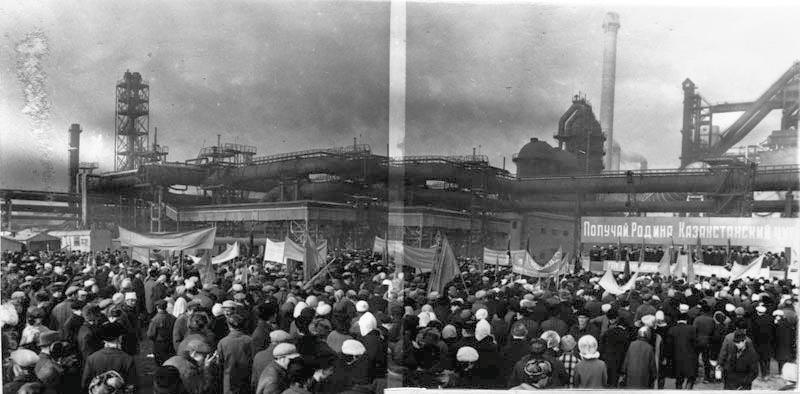| Back to Viktorina Savelieva |
We are engineers. The beginning. by Viktorina Savelieva. June 2021 |
I got married in 1960. We both, my husband Leo and I, had just graduated from Kharkov Polytechnic University in Ukraine and were qualified as electromechanical engineers to be specialized in the metallurgical industry. In 1960th the country (Soviet Union) had already recovered from being totally destroyed during the cruel war. After Stalin’s death in 1953 thousands were returned from prisons and concentration camps. We enjoyed new movies, poetry, theatre performances, and art. Space science, development of new natural resources, construction, and agricultural sites in Kazakhstan, Siberia, and the Far East needed young specialists. After graduation from university all of them were obligated to work in places they were appointed to for 3 years. Some of students did not agree with this law. They tried to avoid it and get jobs in large cities and established enterprises. However, for majority of young specialists professional career did not mean a large salary (actually, it was impossible to have it), but a public recognition of their place in a society. We accepted this idea consciously and signed a three-year contract (without the right of breaking it) to the new construction site for Steel Mill in Kazakhstan, announced a "Nationwide High-Intensive Construction Project." A lot of youth "shock-worker brigades" were gathered from all parts of the Soviet Union. The town Temirtau is located in a steppe region in Kazakhstan, with terrible climate and without any vegetation. The year before, because of terrible working and living conditions, there was an armed strike with many killed and imprisoned after.
In 1960, when we arrived there, the town actually did not exist. It was just one block of buildings and piece of a road. I was a very domestic girl, mother took care of me, and I arrived to the place in a very modern outfit. The next day I had to change it to a heavy coat and gumboots to the knee. Sometimes mud poured into the boot. At wintertime the wind was so severe that trams (the only transportation) did not go to the plant, but we had to work (we felt obligated, not pushed to). Along the path was a stretched wire, to which it was possible to hold on to. We had sheepskin coats, thick quilted pants, felt boots, fur hats and mittens, and wool masks over the face. As I am telling this now it sounds so horrible, but at that time we felt as some kind of arctic explorers and were so excited about it!

We were participating in the installation and start up of electrical equipment of a Blast Furnace. All engineers had just graduated from University. I was the only woman in the group. The following several months we were studying, then working and often sleeping at the workplace. Now, having an experience of how this work is made by high-level professional groups, I can’t understand how we made it. But we made it! I can’t express our enthusiasm and excitement. Now, even for me, it is hard to imagine that our salaries did not depend of our job! In the picture you see the gathering to celebrate this event. Behind the crowd you see the powerful facilities. Our work was in their creation. You see also a huge banner: “Motherland, get Kazakhstan’s cast iron!” (In Russian)